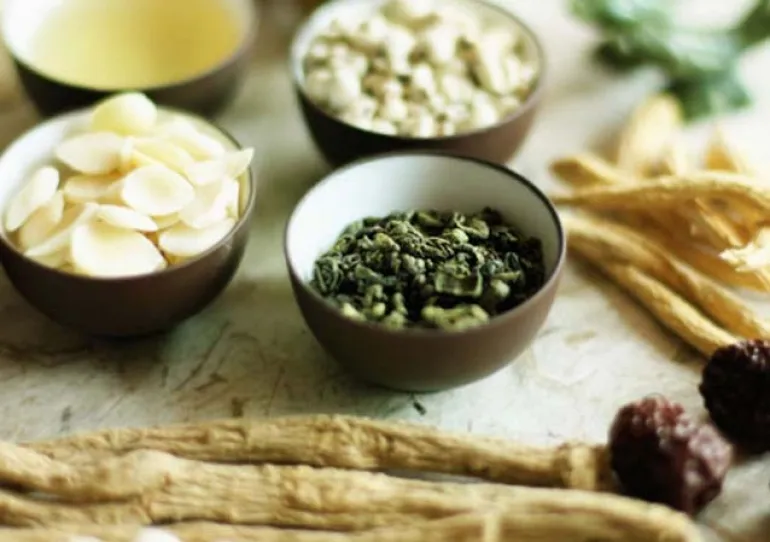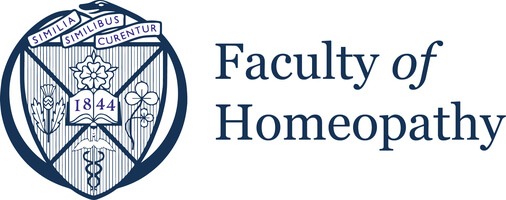The food we eat gives our body the materials it needs to function properly. If we don't get the right material, our body processes suffer and can cause health issues.
Hippocrates, father of medicine, 431 B.C. already said: “Let food be thy medicine”.
Many fruit and vegetables have beneficial nutrition substances, which have shown to have very beneficial properties in our overall well being but also act directly or indirectly on cancer.
In addition, eating the right food can reduce side effects of chemotherapy and radiotherapy.
We all know the phrase 'you are what you eat'. The origin of this phrase is dated back to 1826 and was first documented by Anthelme Brillat-Savarin. He used this phrase to state that the food someone eats can affect that person's mind and health.
The food we eat gives our body the materials it needs to function properly. If we don't get the right material, our body processes suffer and can cause health issues. The food contains information that speaks to our genes, not just calories for energy. We are learning from research that food “talks” to our DNA switching on or off genes that lead to health or disease. What you eat programs your body with messages of health or illness.
When we get too much food or food that gives our bodies the wrong instructions, we can become overweight, undernourished, and at risk of developing diseases and conditions, such as arthritis, diabetes, and heart disease.
Plants use colours as their protective mechanisms. Those colours are the sources of the phytonutrients which act like medicine in our bodies. We use their defence mechanisms to help our bodies function better – these are the anti-inflammatory, detoxifying, anti-oxidant and hormone-balancing compounds that we should eat every day to prevent disease and create optimal wellness.
The vast array of colours in vegetables represent over 25,000 chemicals that are beneficial. There is evidence that interaction between the colours provides additional benefits, so it’s important to have a diverse diet and eat different foods. Each colour represents a different family of healing compounds, therefore, we should eat as many different foods as possible to get the full range of benefits.

Immune function: vitamin A, vitamin E, zinc, folic acid, vitamin B6, riboflavin, magnesium, selenium, vitamin C
Nerve impulses: sodium, potassium, magnesium, calcium, vitamin B6, folic acid, B-12, copper, vitamin C
Tissue repair and formation: vitamin A, vitamin E, copper, riboflavin, magnesium, vitamin B6, vitamin C
Metabolism: potassium, thiamin, niacin, vitamin B6, magnesium, riboflavin, folic acid, vitamin C
Here are a few tips to put healing medicines in your diet without swallowing a pill. If there were a better drug on the marketing I would prescribe it, but there isn’t, so eat your medicine every day.
Red Group such as tomatoes, pink grapefruit, watermelon
These contain the carotenoid lycopene, which helps rid the body of free radicals that damage genes. Lycopene seems to protect against prostate cancer as well as heart and lung disease. Processed juices contain a lot of the beneficial ingredients for example one glass of tomato juice gives you 50 per cent of the recommended lycopene.
Yellow/Green Group such as spinach greens, collard greens, mustard greens, turnip greens, yellow corn, green peas, avocado, honeydew melon
These are sources of the carotenoids lutein and zeaxanthin. These are believed to reduce the risk of cataracts and age-related macular degeneration.
Orange Group such as carrots, mangos, apricots, cantaloupes, pumpkin, acorn squash, winter squash, sweet potatoes
These contain alpha-carotene, which protects against cancer. They also contain beta-carotene, which the body converts to vitamin A. It protects the skin against free-radical damage and helps repair damaged DNA.
Orange/Yellow Group such as pineapple, orange juice, oranges, tangerines, peaches, papayas, nectarines
These contain beta cryptothanxin, which helps cells in the body communicate and may help prevent heart disease. In addition, a single orange contains 170 per cent of the recommended daily vitamin C. It’s interesting to note that the skin of an orange is high in a protective fat that has been found to kill cancer cells in humans and animals, which highlights the fact that two-thirds of all drugs come from the plant world.
Red/Purple Group such as beets, eggplant, purple grapes, red wine, grape juice, prunes, cranberries, blueberries, blackberries, strawberries, red apples
These are loaded with powerful antioxidants called anthocyanins believed to protect against heart disease by preventing blood clots. They may also delay the ageing of cells in the body.
Green Group such as broccoli, Brussels sprouts, cabbage, Chinese cabbage or bok choi, kale
These contain the chemicals sulforaphane and isocyanate and they also contain indoles, all of which help ward off cancer by inhibiting carcinogens.
White/Green Group such as leeks, scallions, garlic, onions, celery, pears, white wine, endive, chives
The onion family contains allicin, which has anti-tumour properties. Other foods in this group contain antioxidant flavonoids like quercetin and kaempferol.
At Integrated Medicine London we know offer a range of IV Vitamin Drips to help you further improve your health and wellbeing.
At home IV treatment concierge service is also available.



